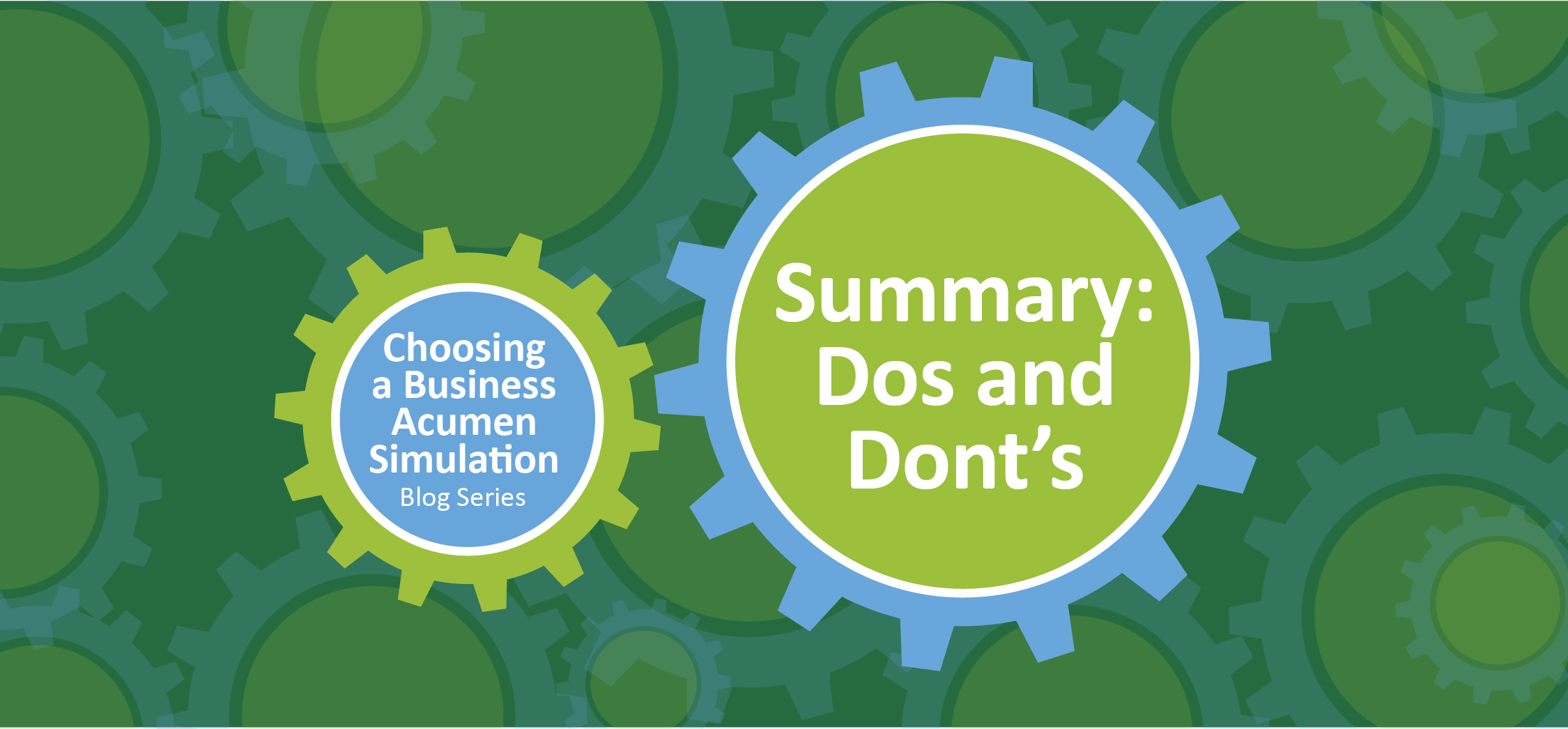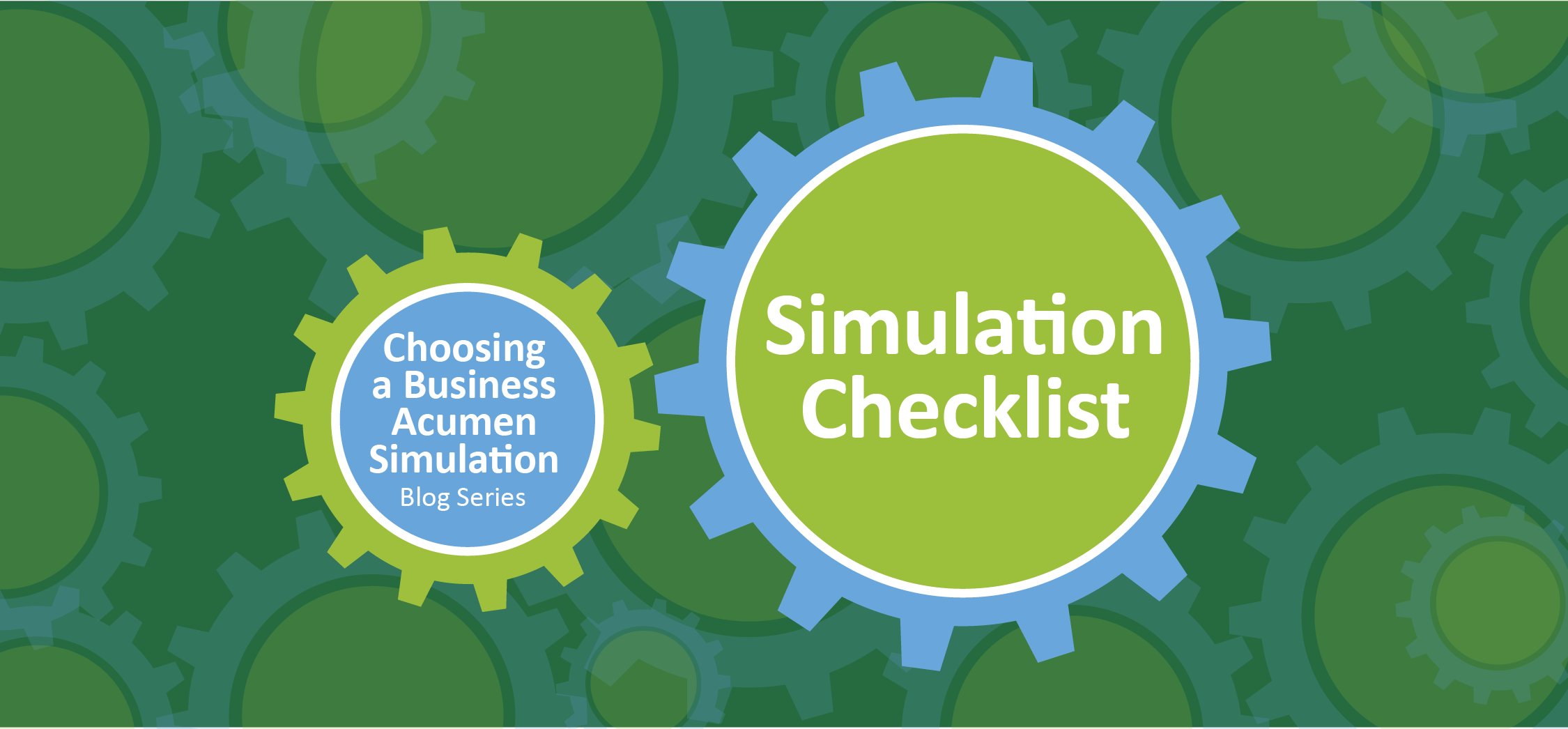How to Choose a Business Simulation – Part 1: Computer or Board-game?

Published Date
How to Choose a Business Simulation – Part 1: Computer or Board-game?
When selecting a business simulation for learning—whether in a corporate or academic setting—the first question used to be:
“Should we use a computer-based or a board game simulation?”
However, as AI-driven simulations become more common, there’s now a third option to consider. Each has its advantages and trade-offs, and the best choice depends on what you want to achieve.
Board Game Simulations: Hands-On Learning & Decision Ownership
Board game simulations provide a highly interactive, tangible learning experience. Every decision is physically represented, making the cause-and-effect relationships immediately visible. Participants can see exactly where their results come from and why.
However, not all board game simulations are created equal. Some offer true open-ended decision-making, while others are more structured.
Types of Board Game Simulations:
- Fixed-path games – Players follow a predetermined track, limiting strategic flexibility (e.g., roll the dice, move forward, repeat).
- Decision-tree games – Players choose from preset options at key points, but the outcomes are predefined rather than emergent.
- Dice-driven games – Randomized elements influence progress, reducing the role of strategic decision-making.
- Open-ended simulations – Participants make real, strategic business decisions, fully owning the results and consequences.
Pros:
- Open-ended board games allow full decision ownership—participants experience and adjust to real business trade-offs.
- Results are fully transparent—nothing is hidden in a formula or algorithm.
- Ideal for team-based, collaborative learning.
Cons:
- Fixed-path, decision-tree, or dice-driven games limit real strategic thinking.
- Requires facilitators and in-person participation (unless adapted to an online version).
- Less granular modeling compared to computer-based simulations.
Where Income|Outcome Fits:
- Income|Outcome simulations (both in-person and online) are open-ended.
- The online version maintains the same approach, keeping decisions fully visible without relying on hidden AI or complex algorithms.
Computer-Based Simulations: Detailed Modeling with Hidden Complexity
Computer-based simulations offer more detailed financial and operational modeling, allowing players to test different business scenarios at scale. However, because calculations happen behind the scenes, participants may struggle to fully grasp why a particular outcome occurred.
Pros:
- Can handle more complex financial modeling than board games.
- Allows for scalable, self-directed learning.
Cons:
- Hidden calculations make it harder to see cause and effect.
- May be "gamed"—some participants focus on optimizing for the program rather than developing business intuition.
- Often lacks team-based decision-making, making it more of an individual experience.
AI-Powered Simulations: Data-Driven, But Still a Black Box
AI-driven simulations adjust dynamically to participant inputs, creating an adaptive experience. These tools can simulate market conditions, competitive pressures, and financial outcomes based on real-world data. However, AI introduces new challenges—it can make simulations feel less predictable and less transparent, reducing decision ownership.
Pros:
- Can create highly realistic, data-driven scenarios.
- Adapts to participants' decisions, mimicking a real-world business environment.
Cons:
- Black-box decision-making—participants may not fully understand why a decision led to a particular result.
- Can reduce decision ownership—users may feel they are playing against an algorithm rather than making real-world business choices.
- Often lacks the collaboration found in team-based board game simulations.
The Key Difference: Transparency vs. Complexity
The main trade-off when choosing a business simulation is between transparency and complexity.
- Board game simulations (if open-ended) provide full transparency—participants see and fully understand how decisions affect outcomes. However, they lack the deep data modeling that computer-based or AI-driven simulations can offer.
- Computer-based simulations introduce greater complexity, but the decision-making process is hidden, making it harder for participants to understand why certain results occur.
- AI-powered simulations create even more advanced, adaptive environments, but they reduce decision ownership, as participants interact with an algorithm rather than fully controlling their business choices.
Regardless of role or experience level, business acumen isn’t just about understanding numbers—it’s about seeing how all the moving pieces of a business fit together, how decisions impact performance, and how to navigate competing financial and strategic pressures.
People don’t need unnecessary complexity—they need clarity. The best approach is to start with transparency (big-picture decision-making) before introducing deeper financial modeling and AI-driven complexity.
Comparing the Two Approaches
Here’s a clearer comparison of board games, computer-based, and AI-driven simulations:
Which One Should You Choose?
We recommend using a combination of approaches, but starting with big-picture clarity.
1. Begin with a board game simulation (or an equivalent hands-on experience).
- This builds a strong foundation in business finance, decision-making, and strategic trade-offs.
- It ensures participants grasp the big picture before diving into complex modeling.
2. Then, move to computer-based or AI-driven tools for deeper financial modeling.
- Once participants understand fundamental business dynamics, these tools can provide granular insights.
- But without a clear conceptual framework, detailed simulations can overwhelm rather than educate.
3. Consider running Income|Outcome Rematch to extend learning with additional decision cycles and new strategic challenges.
4. Or explore other innovative ways to develop business acumen, such as cross-industry simulations, real-world case challenges, or AI-assisted scenario planning.
Where Our Online Version Fits
Income|Outcome business simulations (both in-person and online) are designed to provide big-picture financial understanding—whether you’re in the room with a board game or engaging in an interactive, team-based online version.
Unlike many computer-based simulations, our approach ensures that:
- Every decision is visible and fully owned by participants.
- Learners engage in cross-functional thinking, seeing the financial impact of their choices.
- There are no AI-driven outcomes—just real-world business dynamics unfolding in a competitive environment.
In short, business acumen starts with clear, transparent decision-making—not hidden algorithms.
Want to experience an open-ended, decision-driven business simulation?
Explore Income|Outcome’s in-person and online simulations to see how interactive, team-based learning builds real business acumen.
This post was originally published in 2009 and has been updated in 2025 to reflect new insights.



